5 min to read
Best JavaScript Editors: A Comprehensive Guide
Choosing the right JavaScript editor is essential for developers of all levels—whether you're writing simple scripts or building complex applications. The ideal editor enhances productivity, adapts to your workflow, and scales with your projects. In this guide, we explore the best JavaScript editors and IDEs available in 2025, comparing their features, strengths, and use cases so you can choose the one that best suits your needs. What Makes a Great JavaScript Editor? Before comparing the top
Choosing the right JavaScript editor is essential for developers of all levels—whether you're writing simple scripts or building complex applications. The ideal editor enhances productivity, adapts to your workflow, and scales with your projects.
In this guide, we explore the best JavaScript editors and IDEs available in 2025, comparing their features, strengths, and use cases so you can choose the one that best suits your needs.
What Makes a Great JavaScript Editor?
Before comparing the top editors, it's important to understand the essential features a quality JavaScript editor should offer:
- Syntax Highlighting & Auto-Completion – Speeds up coding and minimizes errors.
- Integrated Debugging Tools – Helps troubleshoot code directly within the editor.
- Version Control Support – Git integration for seamless code collaboration.
- Extensibility – Plugin and extension support to enhance functionality.
- Cross-Platform Compatibility – Runs smoothly on Windows, macOS, and Linux.
- Performance – Handles large codebases without slowing down.
- User Interface (UI/UX) – Intuitive, distraction-free environment.
- Community Support – Documentation, forums, and frequent updates.
Top JavaScript Editors and IDEs
Below are the most powerful JavaScript editors and IDEs in the market, complete with their highlights and ideal use cases:
1. Visual Studio Code (VS Code)
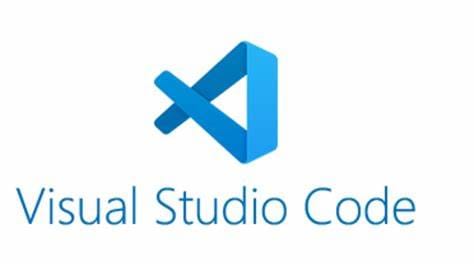
Overview:
A free, open-source editor from Microsoft that’s both lightweight and powerful—ideal for almost any JavaScript developer.
Key Features:
- IntelliSense for smart completions
- Integrated terminal & debugger
- Git support built-in
- Extensions marketplace with 60K+ options
- Works on Windows, macOS, and Linux
Pros:
- Fast, customizable, and extensible
- Regular updates and large community
Cons:
- Performance may dip with very large projects
- Heavy use of extensions can slow things down
Best For:
Developers who need a versatile, modern, and highly customizable editor.
2. WebStorm
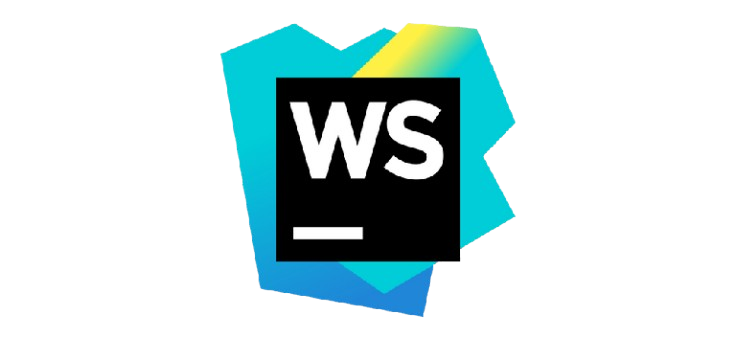
Overview:
JetBrains’ premium IDE tailored for JavaScript and front-end development with powerful features and framework integrations.
Key Features:
- Smart code completion for JS and frameworks
- Refactoring tools and testing integration
- Seamless Git, GitHub, and terminal support
- Extensive plugin support
Pros:
- Feature-rich, professional-grade toolset
- Great support for modern JavaScript frameworks
Cons:
- Subscription-based pricing
- Higher system resource usage
Best For:
Professional developers working with frameworks like React, Angular, or Vue.js.
3. Sublime Text
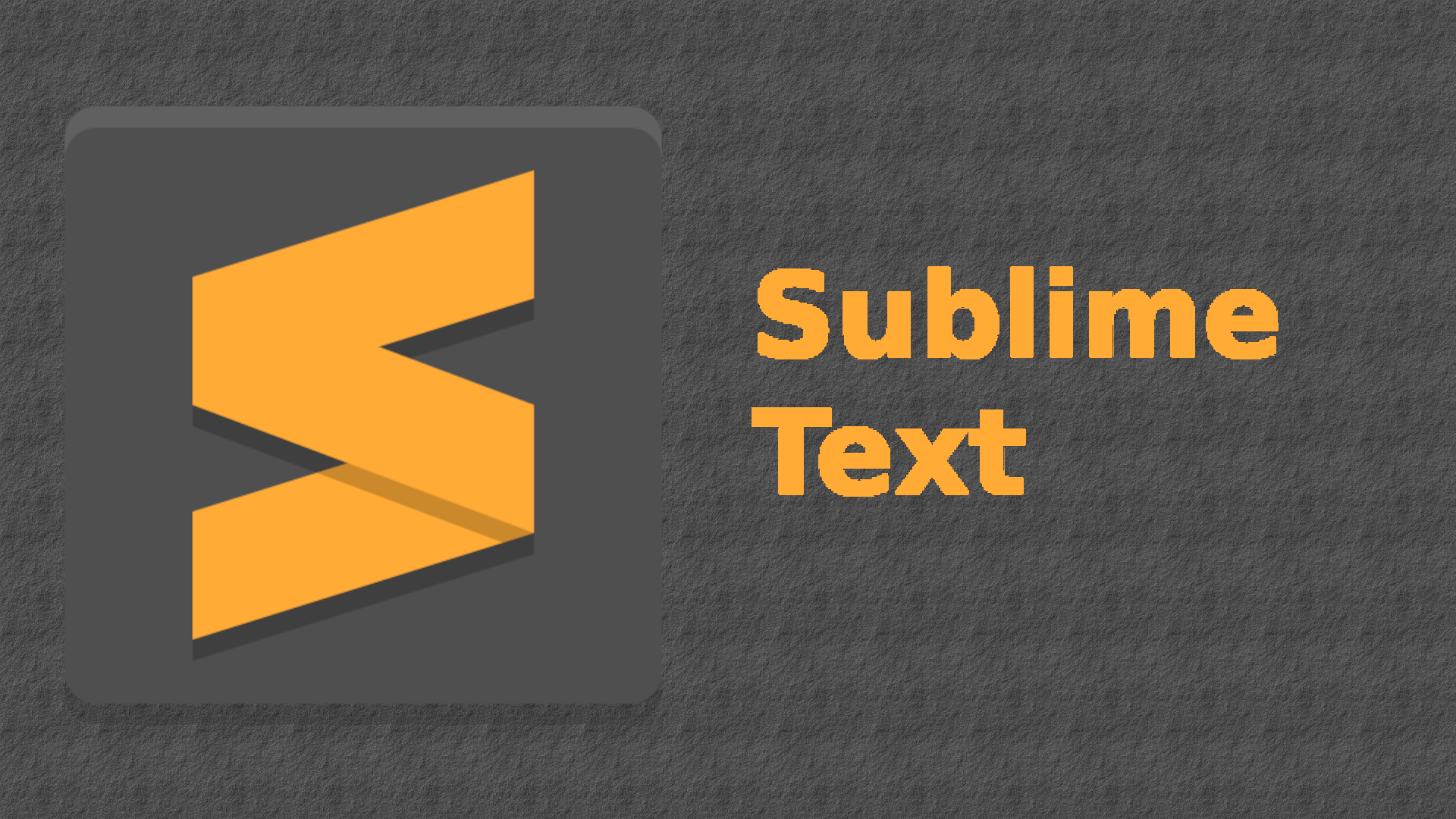
Overview:
A super-fast, minimalist editor that appeals to experienced devs who love speed and keyboard-centric navigation.
Key Features:
- Distraction-free mode
- Multiple selections and cursors
- Command palette & custom plugins via Package Control
Pros:
- Blazing fast and lightweight
- Extremely customizable
Cons:
- Lacks built-in debugger
- Paid (after free trial)
Best For:
Experienced developers who want performance and control with minimal distractions.
4. Atom

Overview:
An open-source editor from GitHub focused on hackability and deep customization.
Key Features:
- Built-in package manager
- Multiple panes for split editing
- GitHub integration and smart auto-complete
Pros:
- Free and community-driven
- Highly customizable
Cons:
- Slower with large projects
- Development has slowed post-Microsoft acquisition
Best For:
Developers who prefer open-source tools and extensive customization.
5. Eclipse
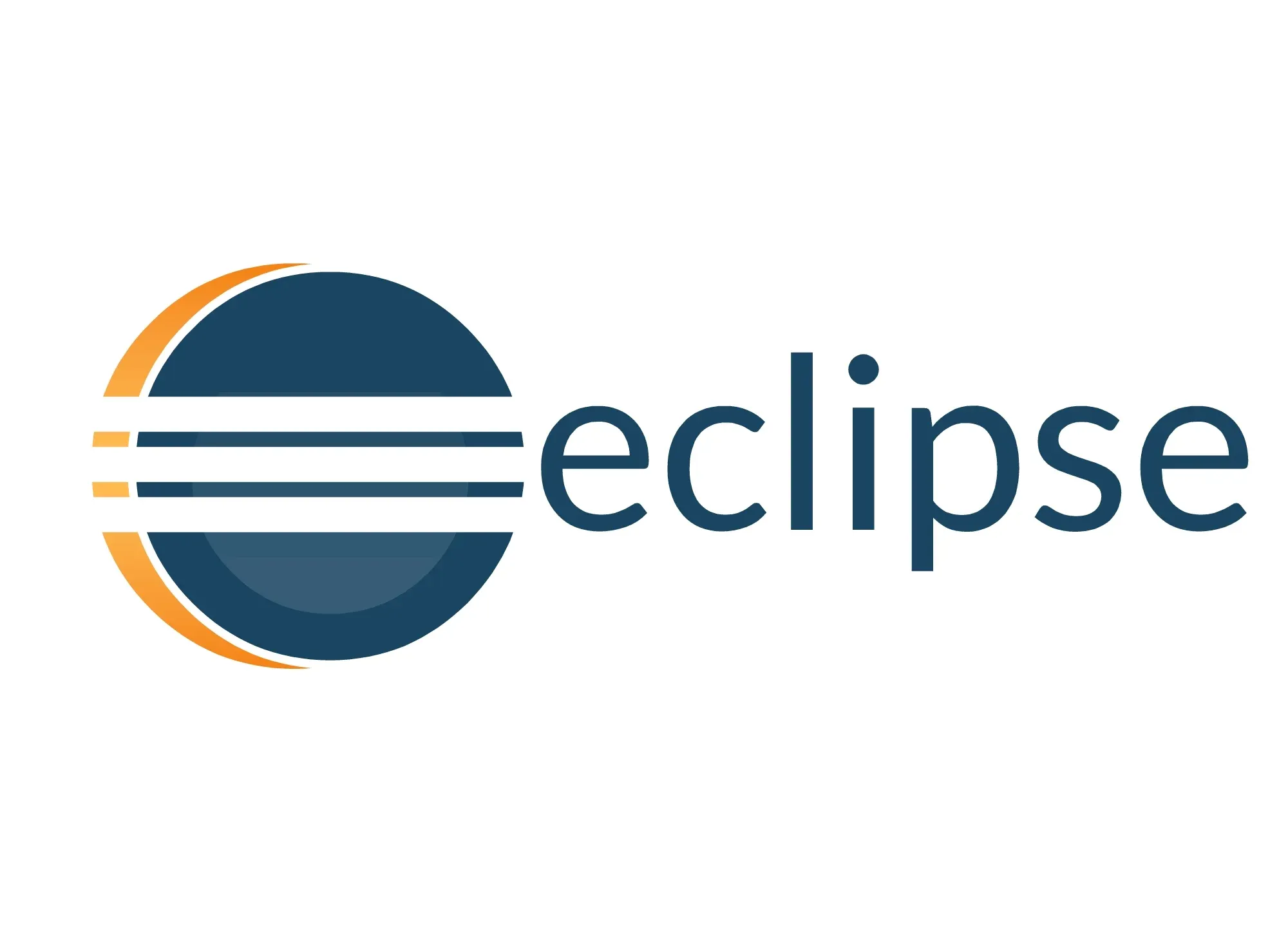
Overview:
A full-featured IDE primarily used for Java, but also supports JavaScript with plugins like JSDT and Nodeclipse.
Key Features:
- Advanced debugging
- Plugin ecosystem for multi-language support
- Strong version control integration
Pros:
- Free and extensible
- Ideal for enterprise-scale projects
Cons:
- Clunky UI and slower startup
- Complex for beginners
Best For:
Teams working on large-scale, multi-language projects.
6. IntelliJ IDEA

Overview:
A powerful IDE from JetBrains with great JavaScript support in both its free (Community) and paid (Ultimate) versions.
Key Features:
- Smart code completion and analysis
- Git, Mercurial, and VCS integration
- Built-in database tools and UML support
Pros:
- Deep functionality and intelligent tools
- Robust plugin ecosystem
Cons:
- Ultimate edition is paid
- Heavier on system resources
Best For:
Developers needing comprehensive project support and working across multiple languages.
7. NetBeans
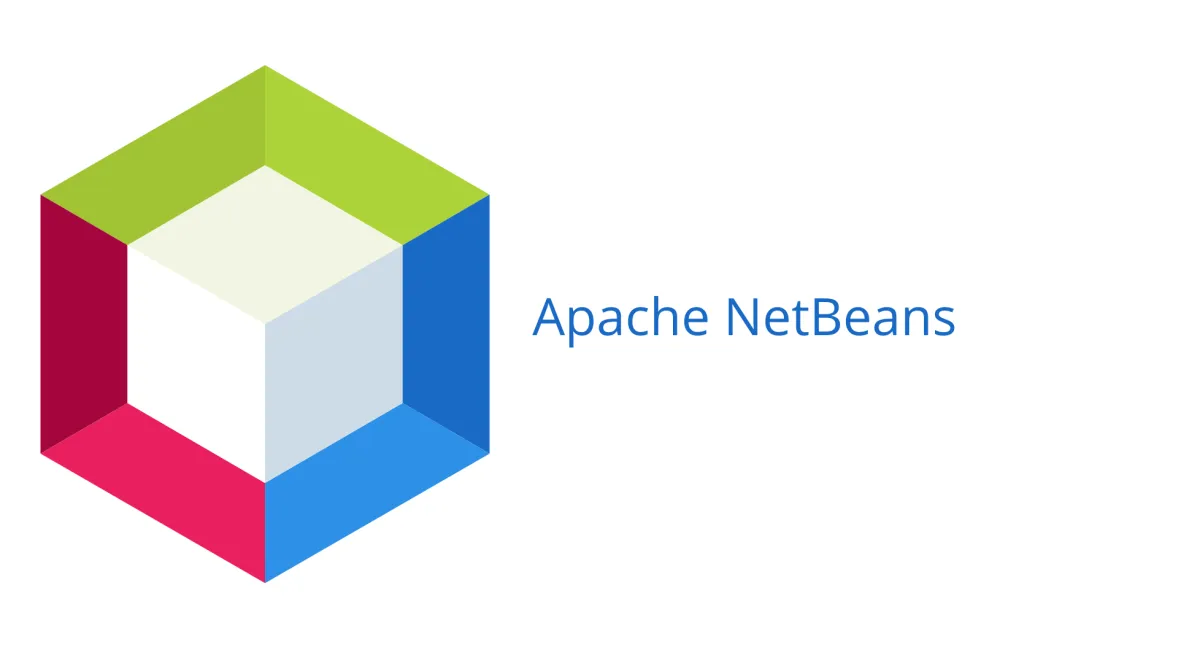
Overview:
A free, open-source IDE good for building web and mobile applications using JavaScript, HTML, and CSS.
Key Features:
- Integrated debugger
- Git support and project management
- Built-in JQuery and issue tracking
Pros:
- Stable and robust
- Suitable for multi-language environments
Cons:
- UI feels outdated
- Slower than modern lightweight editors
Best For:
Developers managing medium to large projects who prefer open-source tools.
8. Zed
Overview:
A new Rust-based editor focusing on speed, collaboration, and a modern UI.
Key Features:
- Real-time collaborative editing
- AI-powered code suggestions
- Native Git integration
- Minimalist design
Pros:
- Fast and collaborative
- Designed for remote teams
Cons:
- Only supports macOS and Linux
- Still in early stages of development
Best For:
Remote teams and developers who prioritize speed and modern collaboration tools.
Feature Comparison Table
| Editor / IDE | Free/Paid | Debugging | Git Support | Extensibility | Speed | Collaboration | Platforms |
|---|---|---|---|---|---|---|---|
| VS Code | Free | Yes | Yes | Extensive | Fast | Yes (Plugins) | Win / Mac / Linux |
| WebStorm | Paid | Yes | Yes | Extensive | Fast | Yes (Plugins) | Win / Mac / Linux |
| Sublime Text | Paid (Trial) | No | Plugin-only | Extensive | Very Fast | No | Win / Mac / Linux |
| Atom | Free | Yes | Yes | Extensive | Moderate | No | Win / Mac / Linux |
| Eclipse | Free | Yes | Yes | Extensive | Moderate | No | Win / Mac / Linux |
| IntelliJ IDEA | Free / Paid | Yes | Yes | Extensive | Moderate | Yes (Plugins) | Win / Mac / Linux |
| NetBeans | Free | Yes | Yes | Moderate | Moderate | No | Win / Mac / Linux |
| Zed | Free (Beta) | Yes | Yes | Limited | Very Fast | Native | Mac / Linux |
How to Choose the Right JavaScript Editor
Your ideal editor depends on your goals, team, and tech stack. Here’s a quick breakdown:
- Beginners:
Choose VS Code for its balance of ease of use and powerful features. - Advanced Developers:
Sublime Text for speed or WebStorm for in-depth JavaScript and framework support. - Collaborative Teams:
Opt for Zed for real-time editing features. - Enterprise/Full-Stack Projects:
Use Eclipse, IntelliJ IDEA, or NetBeans for comprehensive toolsets and project management. - Customization Lovers:
Try Atom or VS Code for their extensive plugin ecosystems.
Key Features Checklist
When evaluating editors, look for:
- ✅ Git integration
- ✅ Syntax highlighting
- ✅ Real-time linting and auto-complete
- ✅ Cross-platform compatibility
- ✅ Debugging tools
- ✅ Plugin and extension support
- ✅ Live preview for front-end work
Conclusion
There's no one-size-fits-all solution, but here’s a quick summary:
- Best Overall: VS Code – free, fast, and extensible.
- Best Premium: WebStorm – advanced features and top-notch support.
- Best for Speed: Sublime Text – minimal, fast, and customizable.
- Best Open Source: Atom and NetBeans – customizable and community-driven.
- Best for Collaboration: Zed – built for speed and remote teamwork.
- Best for Large Projects: IntelliJ IDEA and Eclipse – ideal for enterprise-grade development.
References
🚀 Try Codersera Free for 7 Days
Connect with top remote developers instantly. No commitment, no risk.
Tags
Trending Blogs
Discover our most popular articles and guides
10 Best Emulators Without VT and Graphics Card: A Complete Guide for Low-End PCs
Running Android emulators on low-end PCs—especially those without Virtualization Technology (VT) or a dedicated graphics card—can be a challenge. Many popular emulators rely on hardware acceleration and virtualization to deliver smooth performance.
Android Emulator Online Browser Free
The demand for Android emulation has soared as users and developers seek flexible ways to run Android apps and games without a physical device. Online Android emulators, accessible directly through a web browser.
Free iPhone Emulators Online: A Comprehensive Guide
Discover the best free iPhone emulators that work online without downloads. Test iOS apps and games directly in your browser.
10 Best Android Emulators for PC Without Virtualization Technology (VT)
Top Android emulators optimized for gaming performance. Run mobile games smoothly on PC with these powerful emulators.
Gemma 3 vs Qwen 3: In-Depth Comparison of Two Leading Open-Source LLMs
The rapid evolution of large language models (LLMs) has brought forth a new generation of open-source AI models that are more powerful, efficient, and versatile than ever.
ApkOnline: The Android Online Emulator
ApkOnline is a cloud-based Android emulator that allows users to run Android apps and APK files directly from their web browsers, eliminating the need for physical devices or complex software installations.
Best Free Online Android Emulators
Choosing the right Android emulator can transform your experience—whether you're a gamer, developer, or just want to run your favorite mobile apps on a bigger screen.
Gemma 3 vs Qwen 3: In-Depth Comparison of Two Leading Open-Source LLMs
The rapid evolution of large language models (LLMs) has brought forth a new generation of open-source AI models that are more powerful, efficient, and versatile than ever.